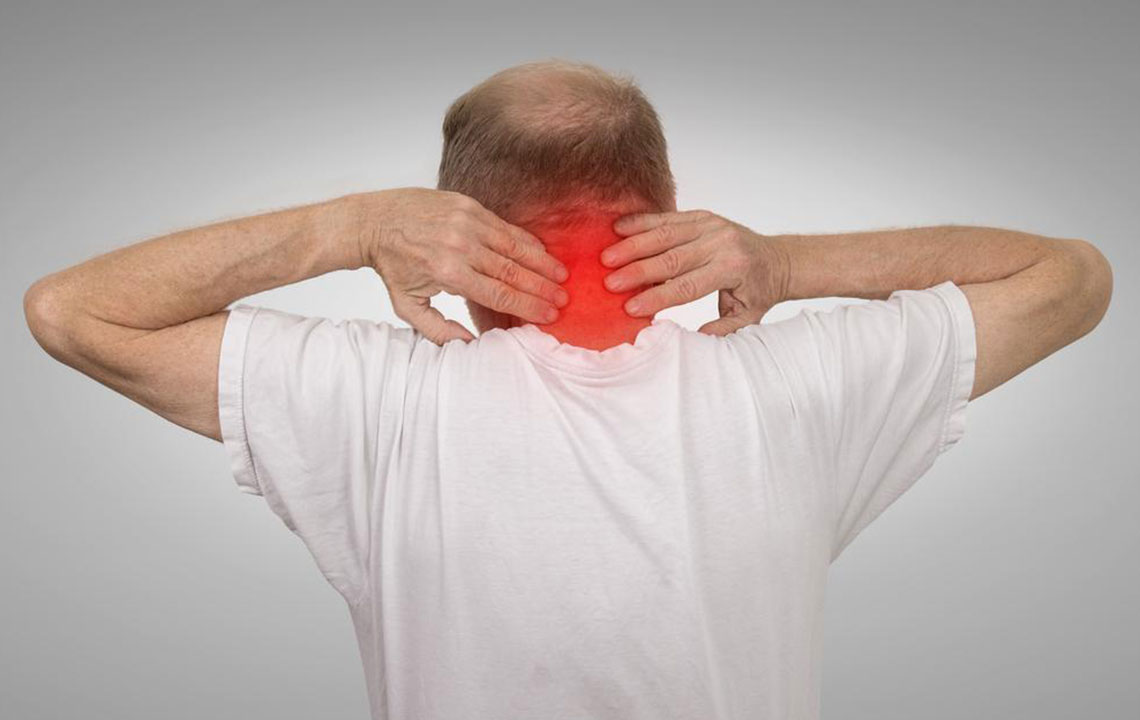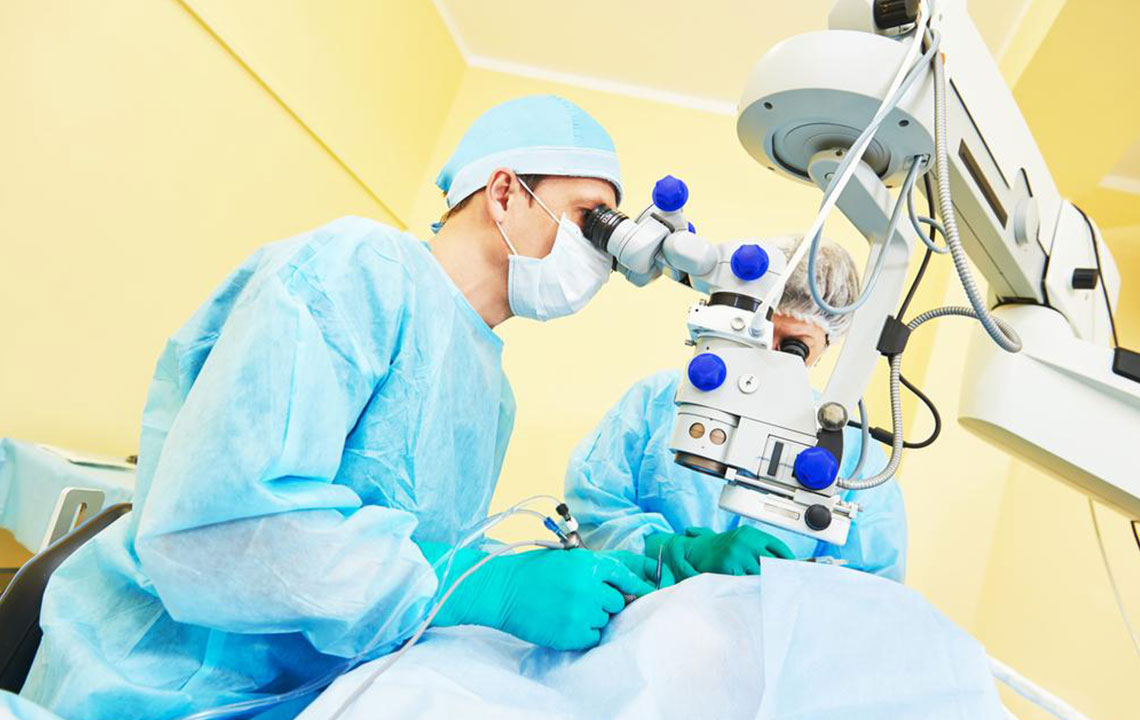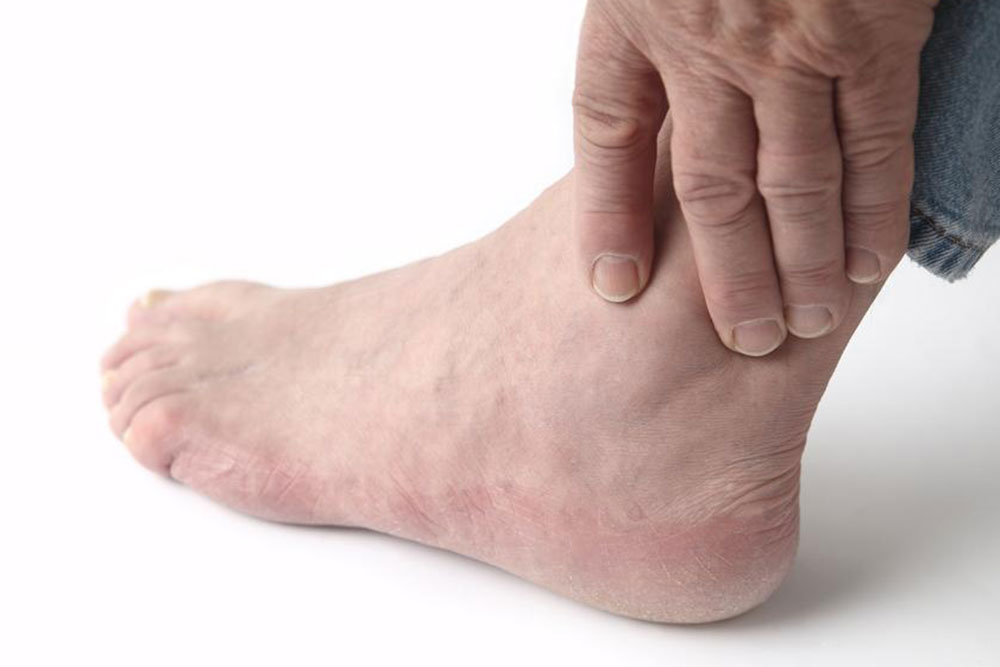Signs and Symptoms of Spinal Stenosis and How to Treat It
Spinal stenosis is a condition where the spaces in the spine become narrow. It is also called vertebral stenosis. In this case, the bones and other muscles press on the spine, causing pain. Numbness, weakness, or cramp is felt in the legs, arms or back.
The symptoms are prominent in people who are over 50 years. Sometimes, young people also suffer from spinal stenosis if they are born with a narrow spine or suffer a spinal injury.

Symptoms to look out for
Spinal stenosis should be diagnosed and treated immediately. If neglected, it can cause a lot of problems with your daily activities. There are even chances of suffering from paralysis. There are many symptoms to detect spinal stenosis:
• Intense pain in the neck, back, arms, and leg
• Overall feeling of numbness
• Weakness or tingling sensation
• Loss of flexibility
• Trouble in walking, bending or leaning.
Location
The location of the pain or numbness defines which part of the spine has been affected. Spinal stenosis occurs in three major divisions of the spine.
• Cervical Spine – Stenosis in the neck compresses a nerve root and radiates pain in the shoulders, arms, hands, and fingers.
• Thoracic Spine – Stenosis in the middle region of the spine causes pain around the rib cage.
• Lumbar Spine – Stenosis of the lower spine triggers discomfort in the lower back, legs, and feet.
Conditions
Sciatica
Sciatica is a condition when the spinal cord presses the sciatic nerve. This nerve originates in the lower back. Intense pain is felt in the lower back and legs when the spinal cord narrows on this nerve. Muscle spasms, weakness in the buttocks, hips, and legs are common symptoms.
Myelopathy
Myelopathy occurs when the spinal cord narrows down on the neck region. A person suffering from myelopathy faces difficulty exhibiting motor skills. You’ll feel shooting pain in the arms and heaviness in the limbs.
Treatment
The most common treatment for spinal stenosis is laser surgery. But before going for a laser surgery for spinal stenosis, it is advisable you consider the following key points.
Proper diagnosis
A proper diagnosis is required before opting for laser surgery for spinal stenosis. It is observed that in most cases, muscle pain does not require laser surgeries. It’s because they are muscular in origin. Laser surgery for spinal stenosis should be considered if the pain is unbearable. If you face trouble in doing simple everyday work like walking, moving out of bed, then you need surgery.
Making your own decision
If you are facing debilitating pain, then your physician might advise laser surgery for spinal stenosis. Even then, you should be open about your decisions. You should be fully aware of the steps to be followed and the effects of this surgery. Your treating physician will advise you to a spine surgeon. You can fix the appointment with the surgeon and get all necessary information from them. Do not jump into surgery without knowing everything you can. You will know best if you need the surgery. Consider all the non-surgical options available to you. Knowing the success and failure rate of the surgery is another key thing that you should know before jumping in.
Take the second opinion
Laser surgery for spinal stenosis is of two categories. One is traditional open back surgery, while the second is a minimally invasive alternative. Your surgeon will advise one of these two options depending on what they think is best. However, you are welcome to take a second opinion. It is important that you take a second opinion. Consider all the pros and cons of the surgery and then make a final call. After doing your research, you can switch back to your first surgeon and make your points clear. You are now educated on the matter and mentally prepared to be operated.
Laser surgery for spinal stenosis
In a laser surgery, a small incision is made in the affected area of the spine. The laser is used to remove the affected tissues. The main purpose is to reduce pressure on the compressed nerve.
Pros of laser surgery for spinal stenosis:
• The patient is fit to go back home on the day of the surgery itself. There is no need for you to stay in the hospital.
• Minor compressions can be addressed with laser surgery for spinal stenosis.
• The incision is just 1 inch, so there is very minimal scarring and pain.
• The patients recover much faster compared to other complicated surgeries.
• The patient is fit to join work faster and can be a lot more productive.
Cons of laser surgery for spinal stenosis:
• Laser surgery for spinal stenosis doesn’t address complex spinal problems.
• It heals a portion of the problem, but it can reoccur anytime.
• The heat from the laser can damage adjacent nerves and tissues.
• The bone is removed even in the case of laser surgery so the pain may persist.




